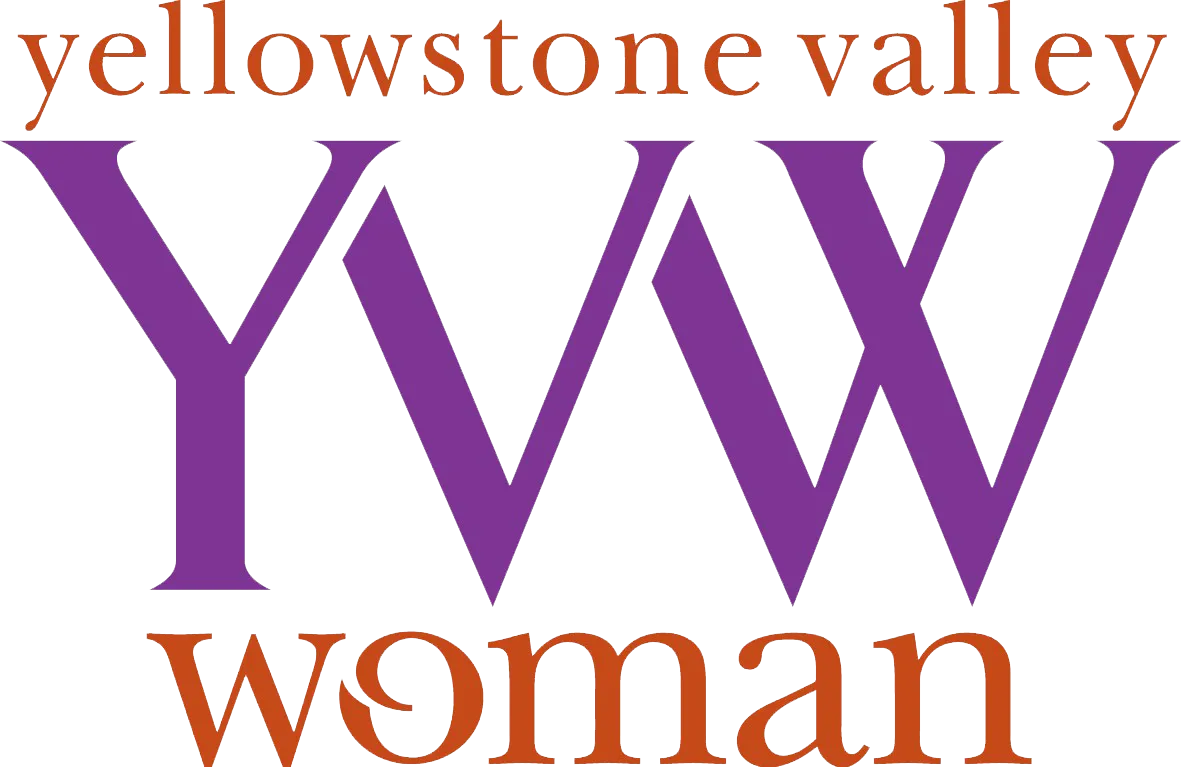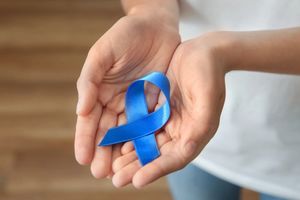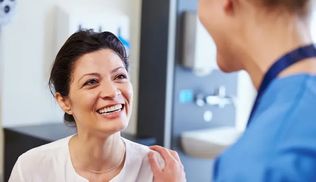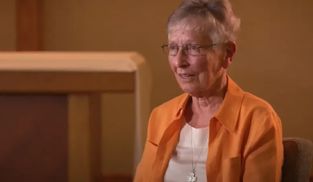

Survivors Speak Out
Breast Cancer Survivors Share Their Stories to Inspire Lifesaving Screenings
Breast cancer affects 1 in 8 women in their lifetime, making it one of the most pressing health concerns for women. However, thanks to improved awareness, early detection, and advancements in treatment, survival rates have significantly improved.
Two Billings breast cancer survivors hope by sharing their experience that they motivate other women to make sure to make that annual appointment, because it can be lifesaving.
When Kriston Lowrance’s primary care provider insisted that she get a mammogram, she initially said, “I’m not going.” With a family history of breast cancer and having been a few years since her last preventative screening for breast cancer, her provider convinced Lowrance to make the appointment.
That advice proved life-changing. After her initial mammogram, Lowrance was called back for a biopsy. “I went in for the biopsy on April 10, and I found out April 11 that I had breast cancer.” Just three weeks later, Lowrance underwent a unilateral mastectomy to remove the cancer and risk of future recurrence.
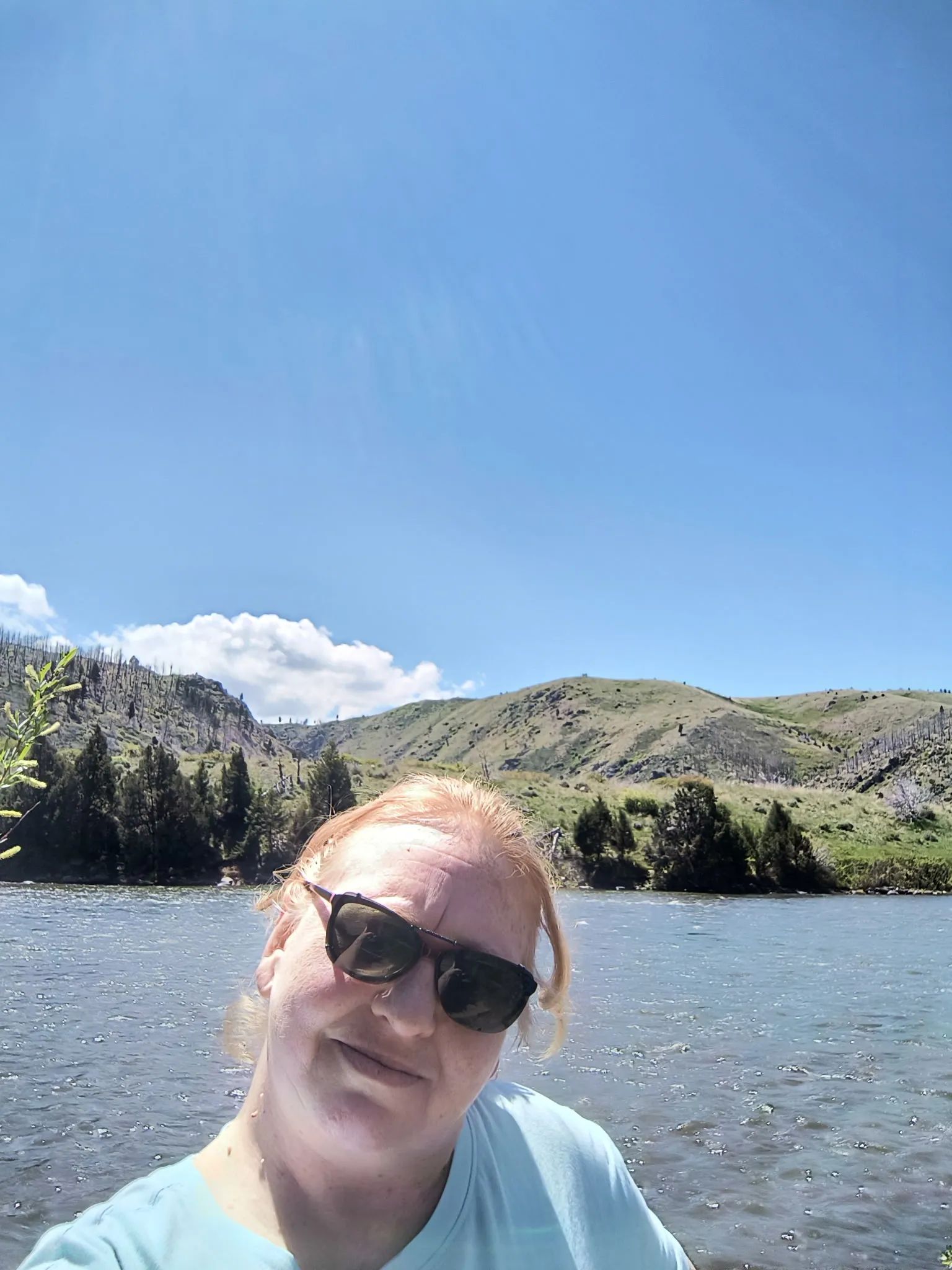
Kriston Lowrance
She met with her oncologist at the Intermountain Health Cancer Centers of Montana, and it was determined that because the cancer had been found at an earlier stage, she wouldn’t need additional chemotherapy or radiation treatments. Because of the nature of the cancer, she will take a hormone inhibitor for the next five years to prevent recurrence.
It was during her routine annual mammogram screening for breast cancer that Renee Lesueur’s care team noticed an area they wanted to monitor. Calcifications in breast tissue are common and are often benign, but they can also be a sign of developing cancer if changes are observed in the breast.
“In Renee’s follow-up imaging, I noticed that one of the calcifications had disappeared,” said Dr. Kalie Adler, a women’s imaging specialist with the Intermountain Health St. Vincent Breast Center. “That struck me as a little bit concerning so I recommended a biopsy.”
The biopsy and additional testing confirmed a breast cancer diagnosis.
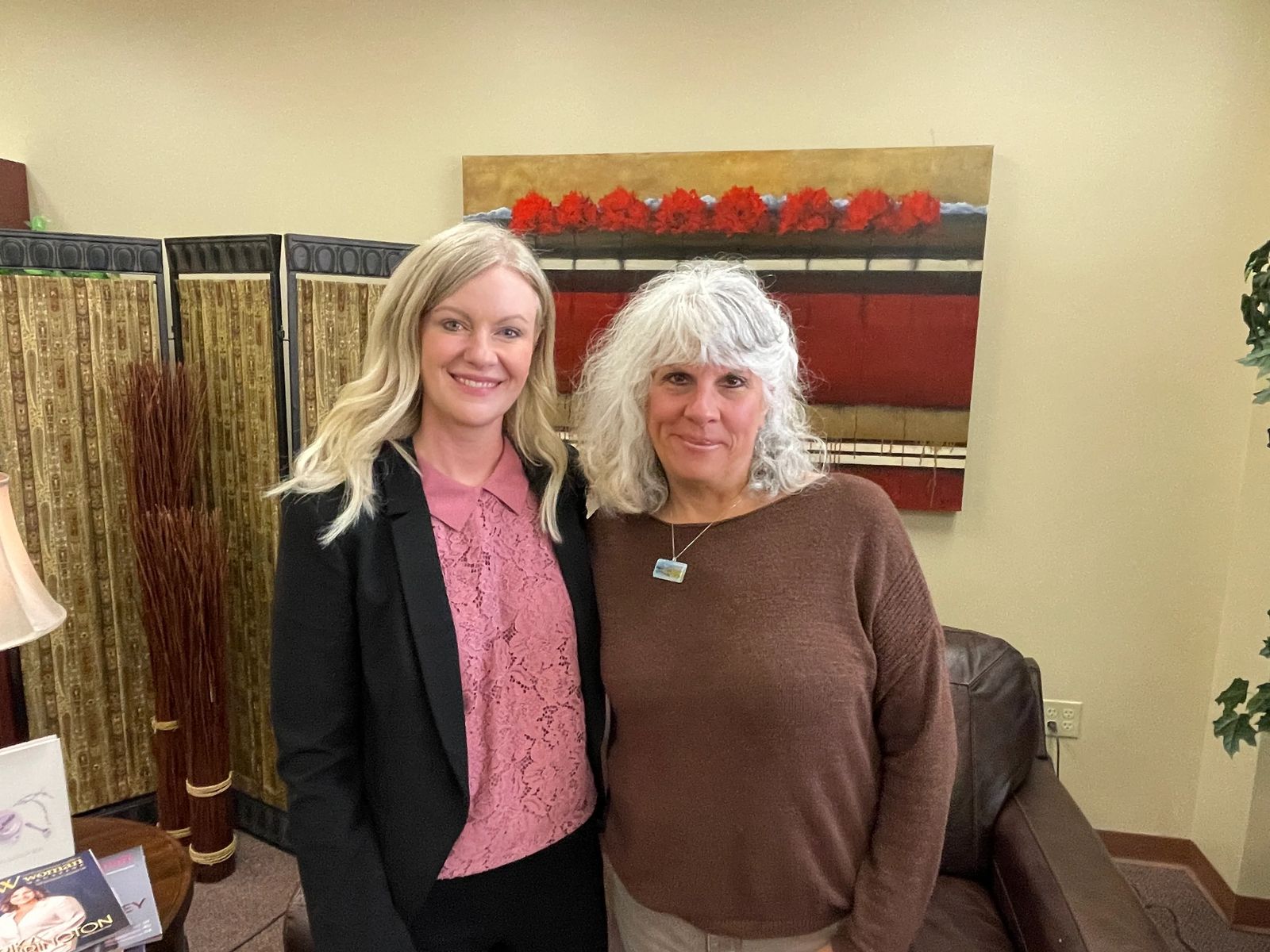
Dr. Kalie Adler & Renee Renee Lesueur
Although the news was difficult, Lesueur was grateful that the cancer was detected early, meaning she might not require invasive or extensive treatment. She was scheduled for a lumpectomy, a surgery to remove the affected breast tissue or “lump.” After a successful operation, and in consultation with her oncologist, it was determined that she would need radiation treatments, but not chemotherapy.
Lesueur shared that through her experience she battled difficult thoughts and moments at times but that she has learned a lot about herself.
“Through the whole journey, I found something in me that I didn’t know I had. A strength that comes from within,” she said. “The best outcome for me was to know just how precious life is and to enjoy every day.”
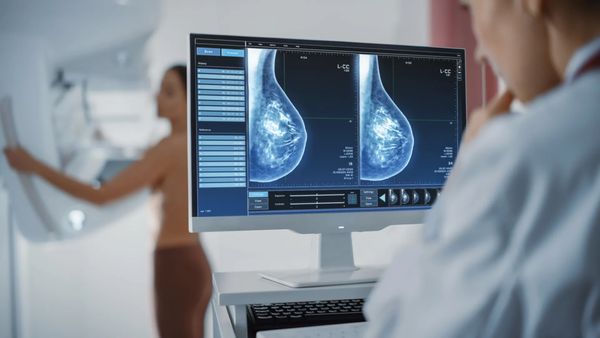.png?fit=outside&w=1600&h=900)
During the whirlwind from diagnosis to surgery and recovery, Lowrance leaned on her care team and support from her friends and family. “My care team has been absolutely amazing,” she said. “I've never had to have anything like this happen before where I had this huge care team taking care of me.”
Reflecting on her journey, her mother’s own experience with breast cancer weighed heavily on Lowrance. “She had two different types of breast cancer in 2009 and had to have a double mastectomy. She is in remission now.” Lowrance admits that fear was one of the reasons she was hesitant to get screened. “It was one of the reasons why I wasn't going and getting my mammograms because I didn't want that diagnosis and ended up having it anyways”
Lowrance and Lesueur’s stories underscore the importance of regular screening and early detection of breast cancer. When caught early, treatment can be more effective, less aggressive, and survival rates are significantly higher.
Lowrance’s message to other women is clear. “Early detection is super important. Women need to go in and get those mammograms every year,” she said. “They don't need to put it off. They don't need to be afraid of the diagnosis because surgery and even chemo and radiation are scary, but they'll also help you beat this disease. It allows you to live your life and spend it with your loved ones.”
Dr. Adler recommends that all women follow the guidelines for screening for breast cancer starting at age 40, or earlier if you have a family history of breast cancer or other risk factors.
“It is also important to know your own body,” said Dr. Adler. “If you notice any subtle changes, we want to know so we can check it out.”
If you have questions about when to start screening or changes in your breast health, women are encouraged to talk with their primary care provider. If you have questions about breast cancer screening or to schedule a mammogram call the Intermountain Health St. Vincent Breast Center at (406) 237-4373 or visit svh.org/mammography.
More from the Experts at St. Vincent Regional Hospital
About St. Vincent Regional Hospital
Founded on our mission of compassionate care 125 years ago, St. Vincent Regional Hospital, part of Intermountain Health, has grown into one of Montana’s largest comprehensive hospitals, serving the healthcare needs of over 400,000 people in our four-state area. Continuing to respond to the needs of our community, we have been recognized as an innovator in trauma, heart, neurological and cancer care. At St. Vincent and Intermountain Health, our 12 primary care clinics, and specialty clinics in and around the Billings area, our goal is to help you live the healthiest lives possible. This also includes caring for the region's youngest patients. We opened the region's first Pediatric Intensive Care Unit staffed 24/7 by Pediatric Intensivists and the only Pediatric Surgery program serving eastern Montana, northern Wyoming, and the western Dakotas.
125 Years of Caring for You
St. Vincent is proud to be Billings' first hospital, caring for generations in our community. Hear the story of how a group of brave Catholic sisters brought healthcare to Billings and how we continue our mission to help you live your healthiest life. Click HERE to watch.
